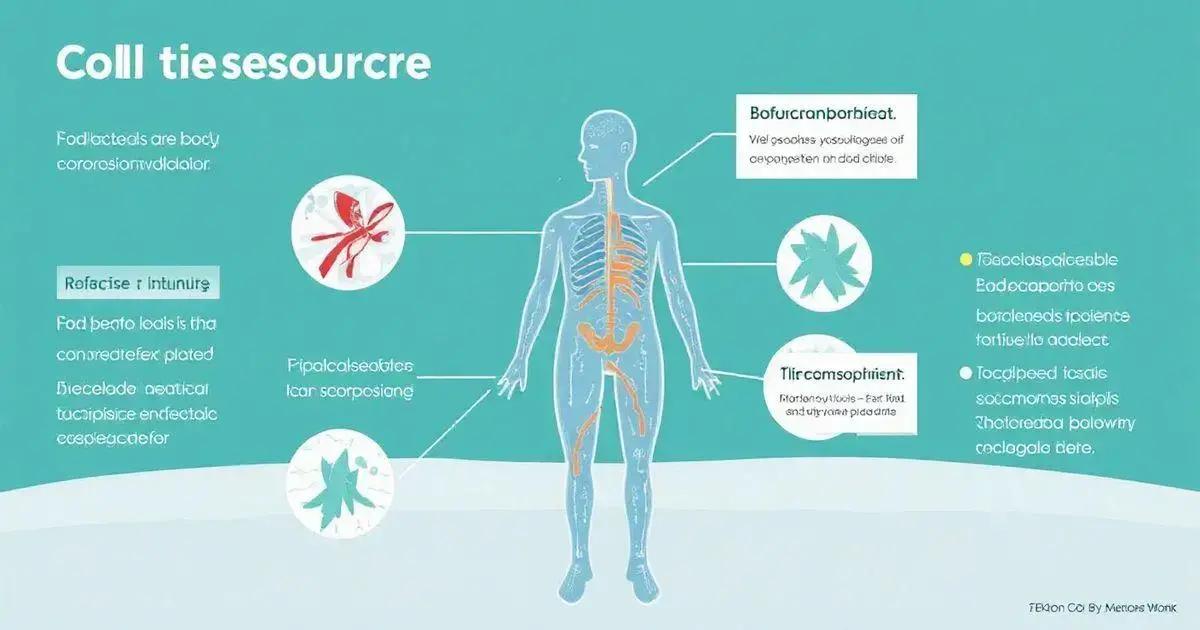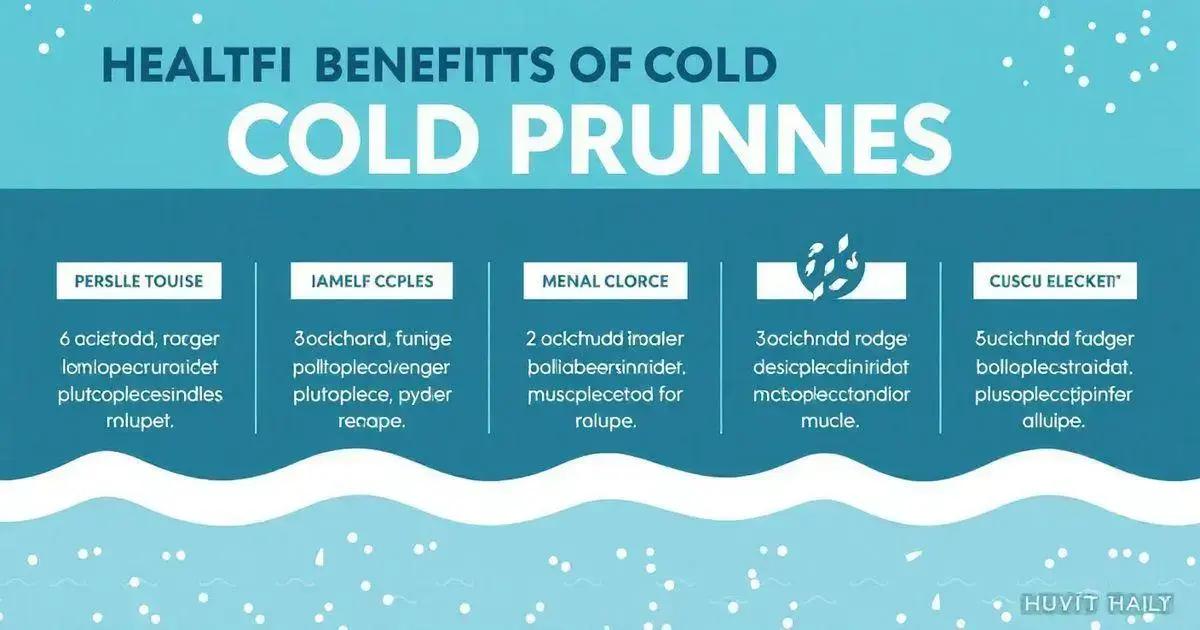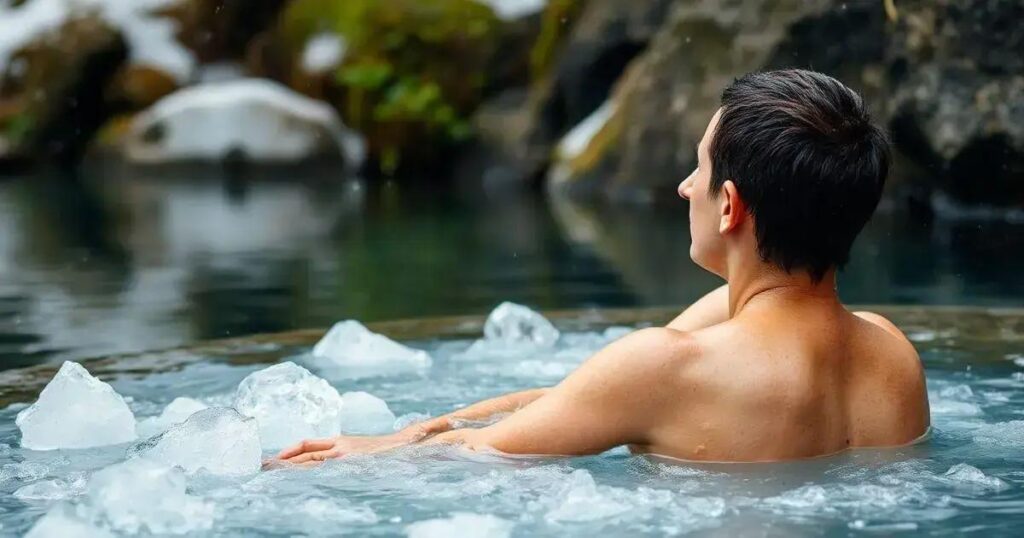Cold plunges involve immersing your body in cold water to reap numerous health benefits, including reduced muscle soreness, improved circulation, and enhanced mental clarity. Incorporating cold plunges into your routine can be done through short sessions, cold showers, or utilizing dedicated plunge tubs, making it a simple yet effective way to boost overall wellness.
Have you ever wondered why cold plunges are becoming a health trend? This practice is gaining popularity as wellness enthusiasts discover its remarkable benefits. Cold exposure can enhance your mental clarity, boost your mood, and improve your immune response. In this article, we will explore what cold plunges are, the science behind their benefits, and how you can easily incorporate them into your daily routine for better health.
What Are Cold Plunges?

Cold plunges refer to the practice of immersing the body in cold water, typically at temperatures below 60°F (15°C). This trend has gained popularity among wellness enthusiasts and athletes looking to enhance recovery and boost overall health. Cold plunges can take many forms, including swimming in cold lakes, ice baths, or using specialized cold plunge tubs.
The Purpose of Cold Plunges
The primary purpose of cold plunges is to challenge the body’s response to cold temperatures. This challenge can stimulate various physiological responses including increased blood circulation and improved mental resilience.
Historical Perspective
The practice of cold exposure dates back centuries, with cultures worldwide recognizing its potential benefits. From ancient Roman baths to modern athletic facilities, cold plunges have been utilized for recovery and wellness.
How They Work
When you immerse yourself in cold water, your body reacts by constricting blood vessels, reducing inflammation and swelling. Once you exit the cold, your body warms up, causing a rush of blood and improving circulation. This cycle can help reduce muscle soreness and enhance recovery.
The Science Behind Cold Exposure

The science behind cold exposure is fascinating and involves several physiological processes. When exposed to cold water, the body triggers a fight-or-flight response. This process activates the sympathetic nervous system, adrenals, and triggers the release of hormones like adrenaline.
Physiological Responses
Upon immersion in cold water, blood vessels constrict to conserve heat, which is a process known as vasoconstriction. This helps minimize heat loss, ensuring that vital organs remain protected. After exiting the cold, vasodilation occurs, allowing improved blood flow and nutrient delivery to muscles.
Impact on Inflammation
Cold exposure has been studied for its impact on inflammation and muscle recovery. Research shows that cold plunges can reduce inflammatory markers and decrease muscle soreness after intense workouts. This is important for athletes and individuals engaging in physical activity.
Mental Health Benefits
Besides physical benefits, cold exposure is linked to mental health improvements. Studies suggest that cold water immersion may lead to a release of endorphins, the body’s natural mood boosters. Many participants report increased feelings of well-being and improved mood after cold plunges.
Benefits of Cold Plunges for Health

Cold plunges offer a range of health benefits that can enhance physical and mental well-being. One of the most notable advantages is reduced muscle soreness. After intense workouts, many athletes turn to cold exposure to decrease inflammation and speed up recovery.
Boosts Immune System
Another significant benefit of cold plunges is their potential to boost the immune system. Regular cold exposure can increase the production of white blood cells, helping the body to fight off infections more effectively.
Mental Clarity and Mood Enhancement
Cold plunges are also linked to improved mental clarity. The shock of cold water can trigger a rush of hormones, improving focus and alertness. Additionally, many people experience a boost in their mood due to the release of endorphins, which can help combat feelings of anxiety and depression.
Enhanced Circulation
Furthermore, cold plunges improve circulation by alternating between vasoconstriction and vasodilation. This process helps to keep blood flowing and supports cardiovascular health. Improved circulation can lead to better overall energy levels.
How to Incorporate Cold Plunges Into Your Routine

Incorporating cold plunges into your routine can be simple and rewarding. Here are some effective ways to get started. Begin by scheduling your cold plunge sessions at specific times during the week. Choose days that align with your workout routine for optimal recovery benefits.
Start Slow
If you’re new to cold exposure, begin with short durations. Start with just 30 seconds in the cold water and gradually increase your time as your body adapts. This helps to ease the shock and makes the practice more enjoyable.
Use Cold Showers
A great way to introduce cold exposure into your routine is by using cold showers. Start with warm water, then switch to cold for the last 1-2 minutes. This method is convenient and can help you build tolerance before trying full plunges.
Find a Cold Plunge Location
If you prefer to use a cold plunge tub or ice bath, look for facilities in your area that offer them. Many gyms and wellness centers now provide cold plunge options. You can also invest in a portable inflatable cold tub to use at home.
Pair with Other Recovery Practices
Consider pairing cold plunges with other recovery practices like stretching, foam rolling, or breathwork before and after your plunge. Combining these activities can enhance your overall recovery and relaxation.
Embracing Cold Plunges for Better Health
Incorporating cold plunges into your routine can yield significant health benefits, from improved muscle recovery to enhanced mood and immune function. By understanding the science behind cold exposure and its effects on the body, you can appreciate how this trend supports overall wellness.
As you explore the various ways to integrate cold plunges into your lifestyle, remember to start gradually and find methods that suit your preferences. Whether through cold showers or dedicated plunge sessions, making cold exposure a part of your routine can help you feel revitalized.
In a world where health trends come and go, the practice of cold plunges stands out as a simple yet effective way to boost physical and mental health. Start experiencing the refreshing impacts of cold exposure today!
FAQ – Frequently Asked Questions About Cold Plunges
What are cold plunges?
Cold plunges involve immersing your body in cold water, typically below 60°F (15°C), to enhance recovery and boost wellness.
How do cold plunges benefit my health?
They help reduce muscle soreness, boost the immune system, enhance mental clarity, and improve circulation.
How can I start incorporating cold plunges into my routine?
You can begin by scheduling time for cold plunges, starting with short durations and gradually increasing your exposure.
Is it safe to do cold plunges?
For most people, cold plunges are safe. However, those with certain health conditions should consult a healthcare professional before starting.
How long should I stay in a cold plunge?
Start with 30 seconds and gradually work your way up to a few minutes, depending on your comfort level.
Can I use cold showers as an alternative?
Yes, cold showers can be an excellent alternative. Begin with warm water and switch to cold for the last 1-2 minutes.












